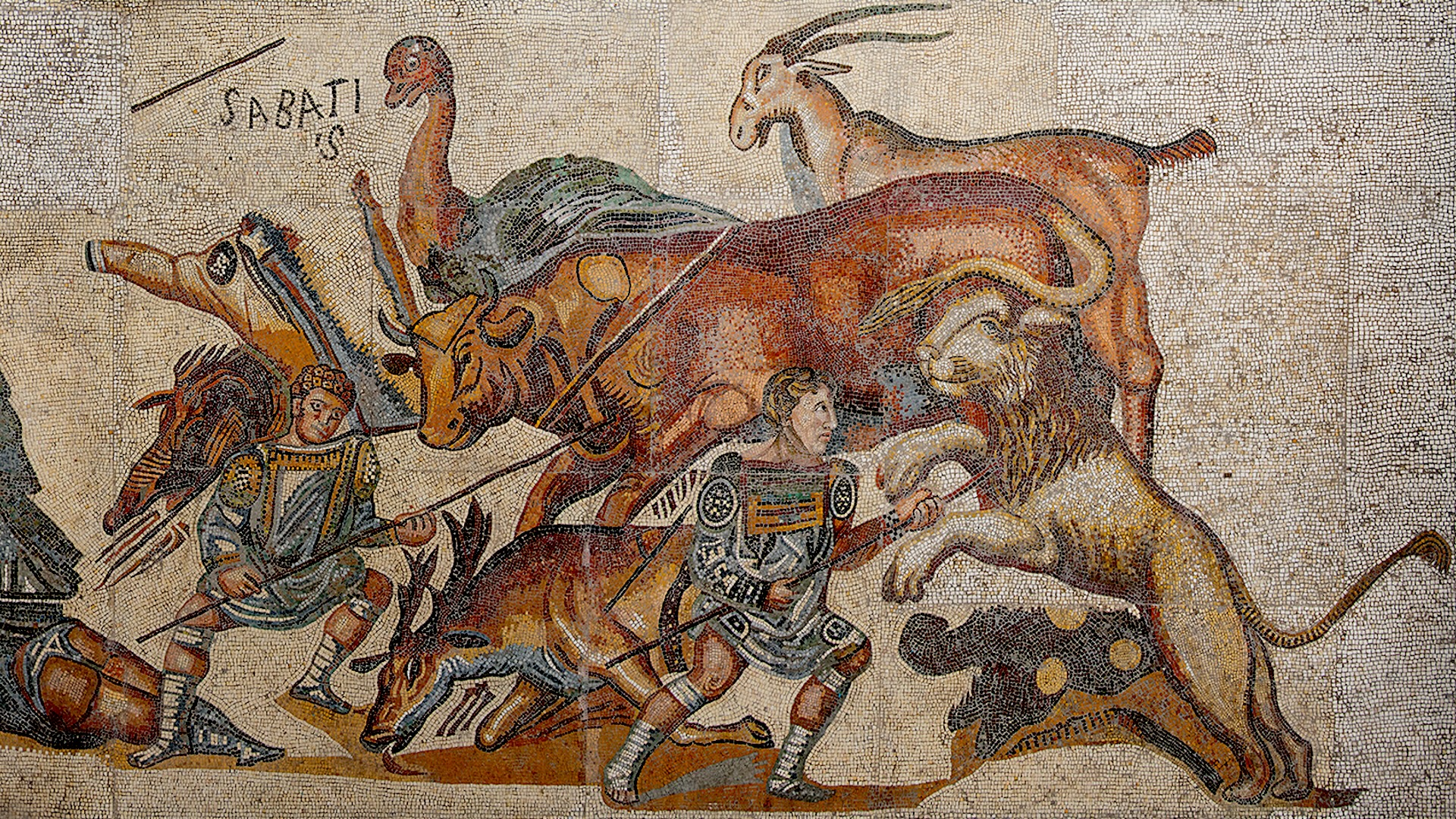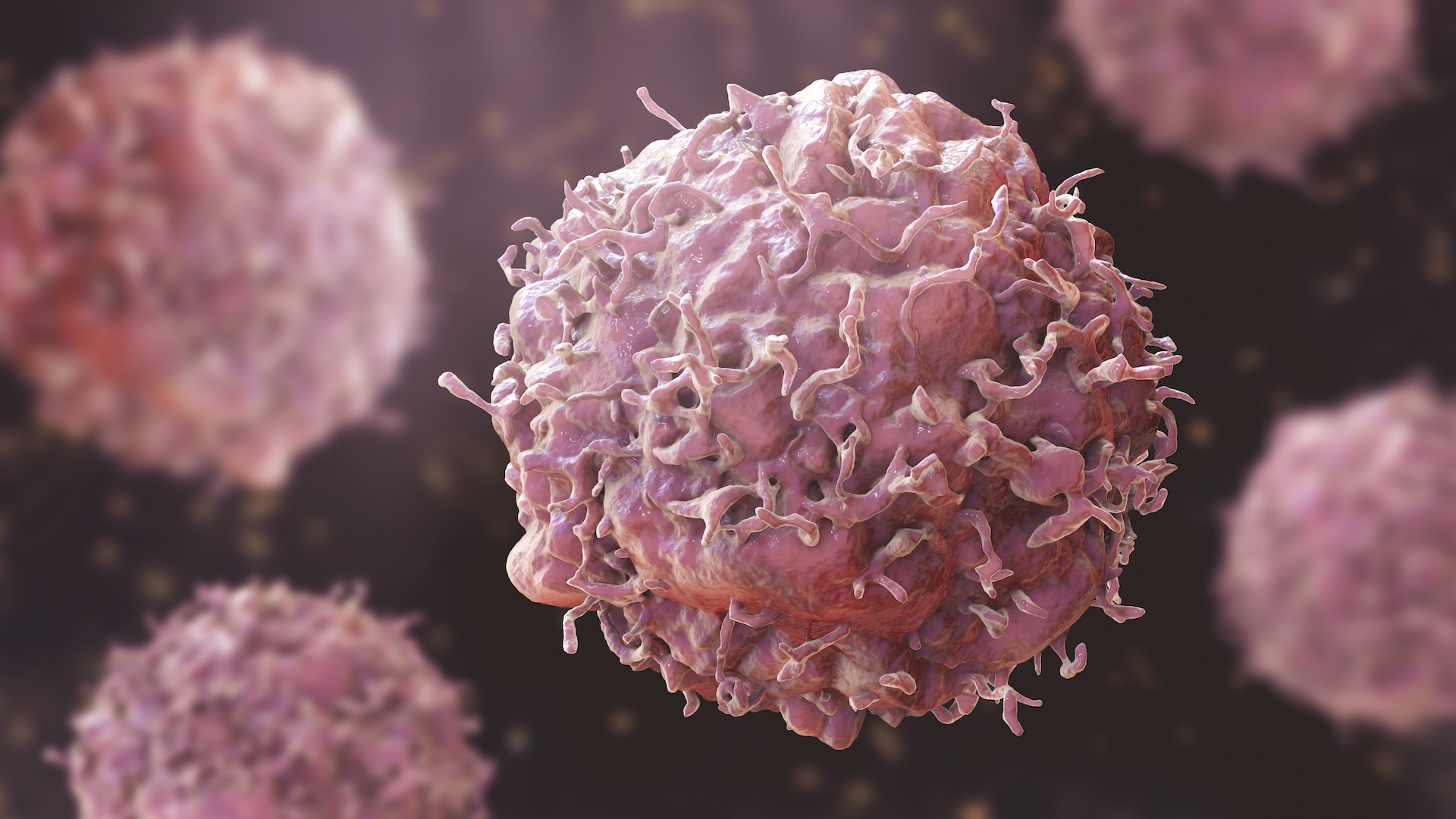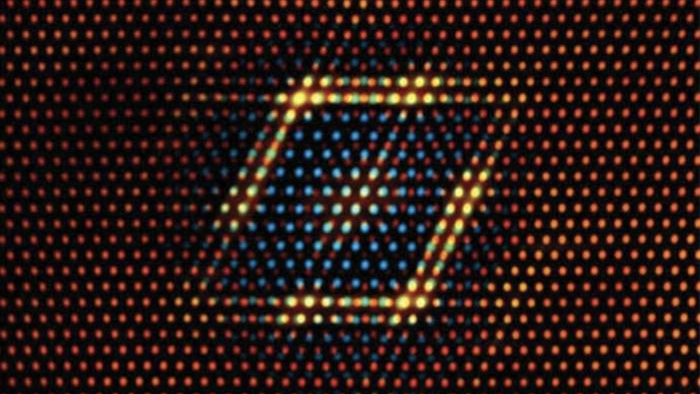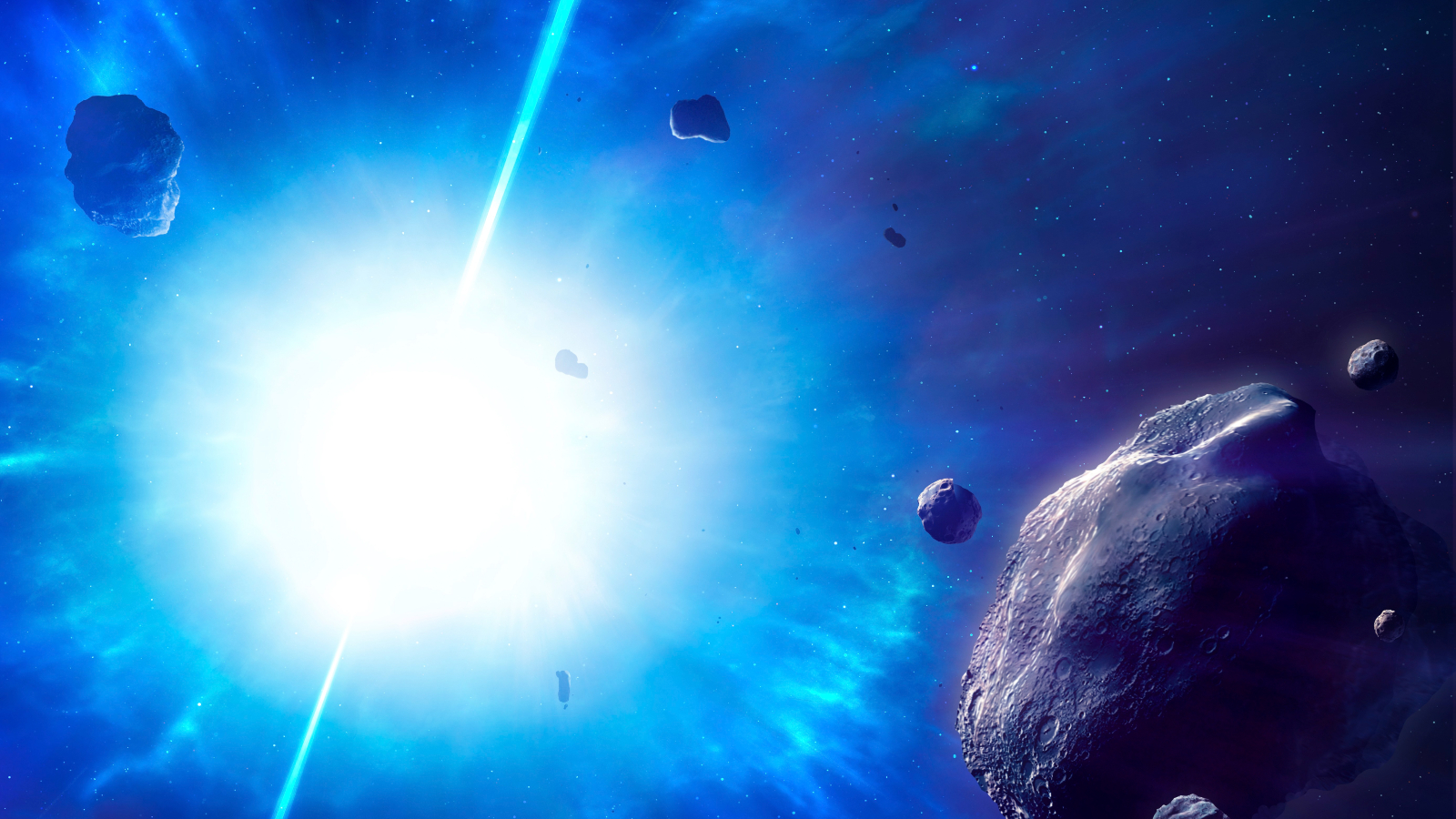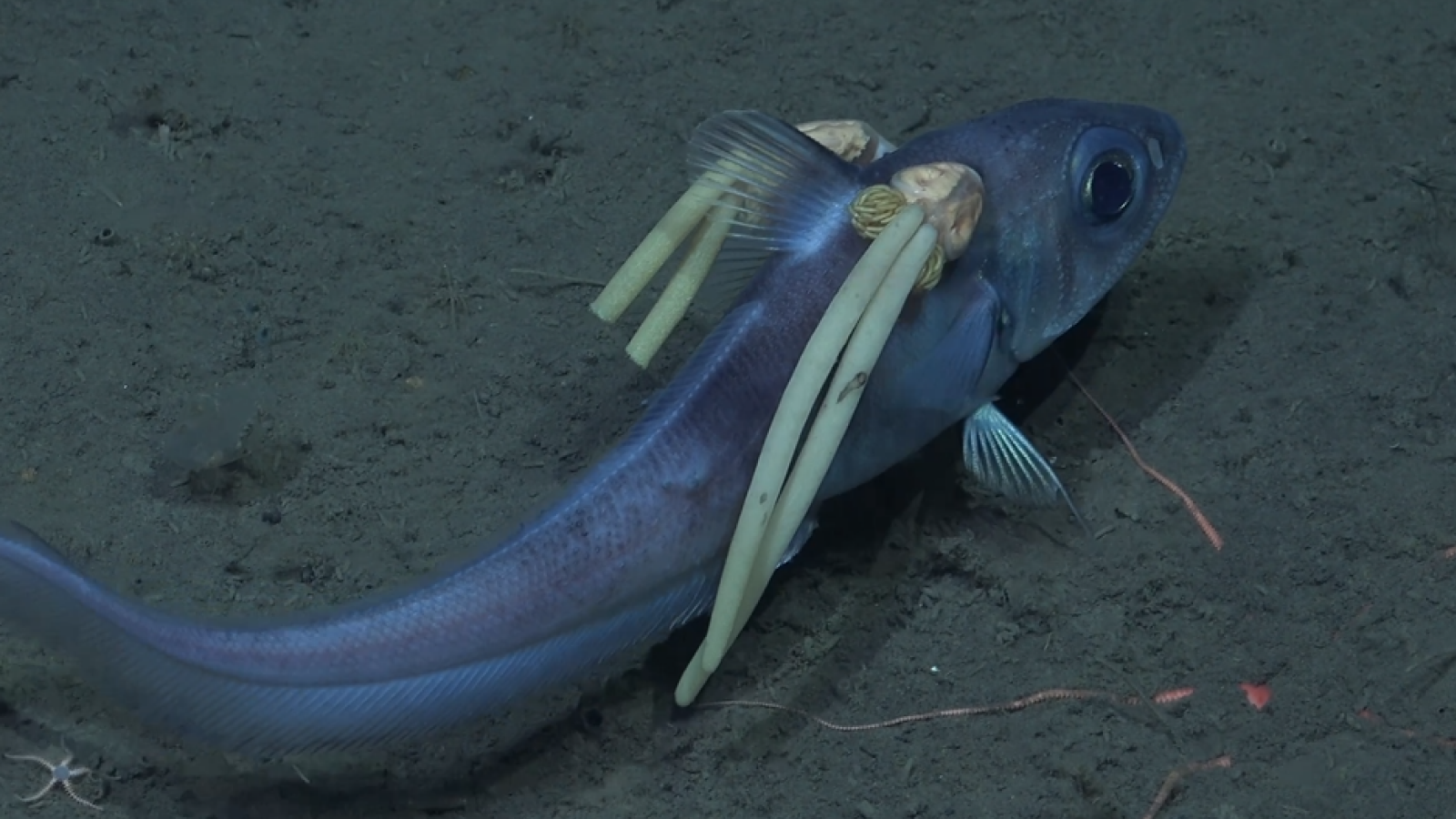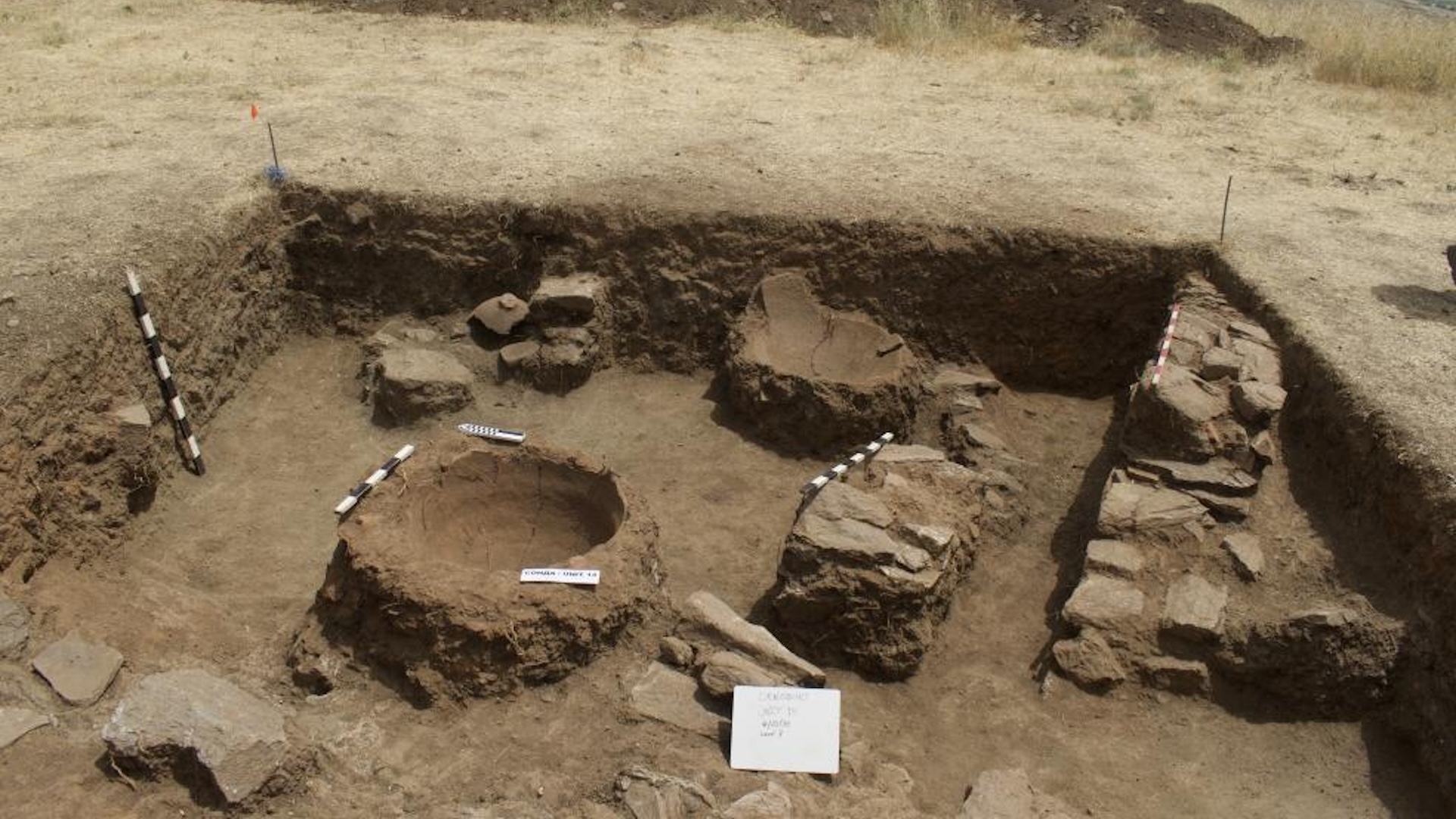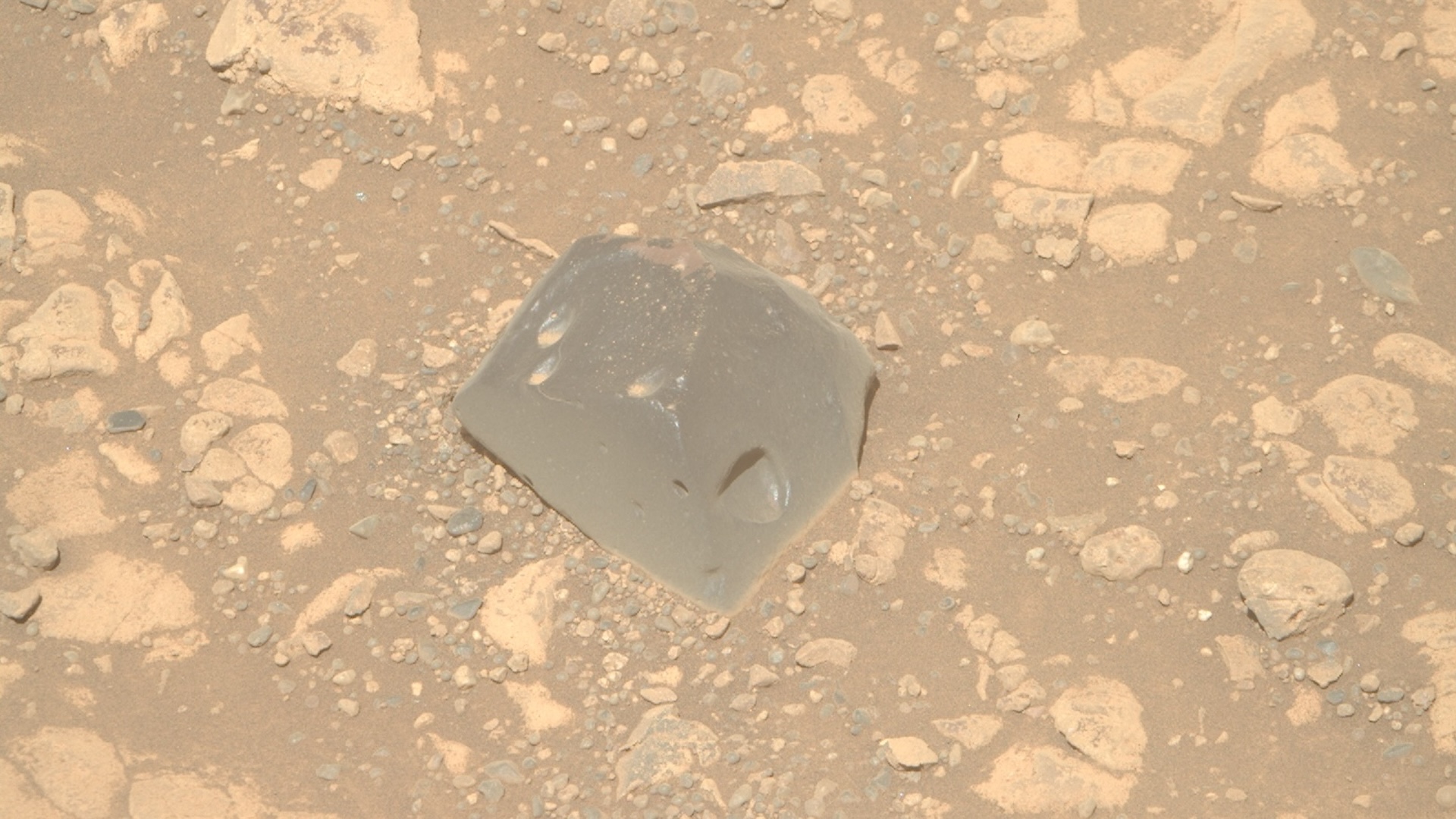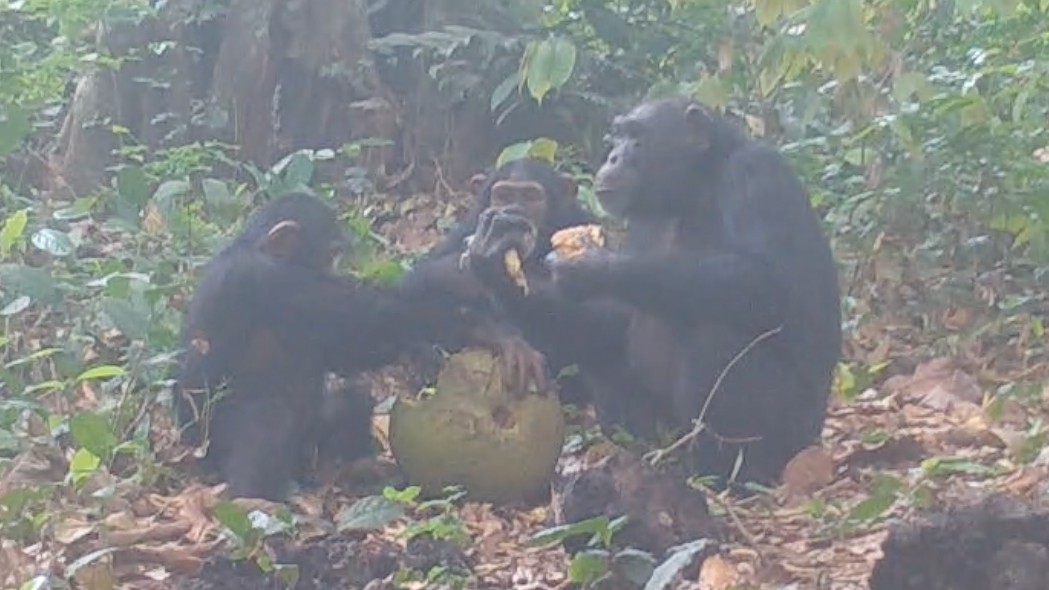NASA's Lucy spacecraft snaps first close-ups of weird peanut-shaped asteroid
NASA has released the Lucy spacecraft's first close-up images of asteroid Donaldjohanson, revealing a peanut-shaped rock that could shed light on how planets formed in our solar system.
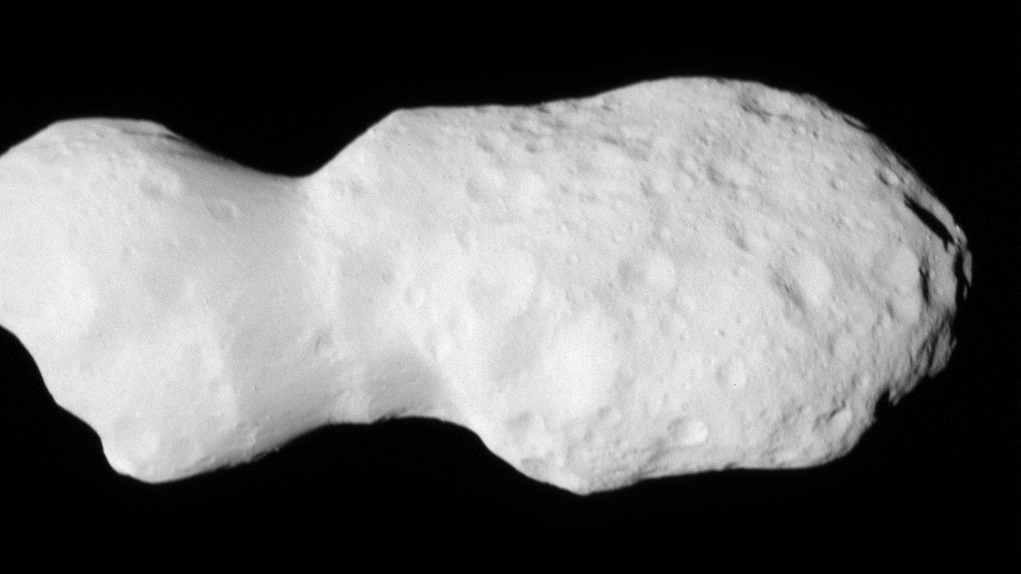
NASA's Lucy spacecraft has captured its first high-resolution images of an asteroid, revealing a bizarrely shaped 150-million-year-old space rock.
The asteroid Donaldjohanson formed when two smaller objects smashed into each other. Donaldjohanson is narrow in the middle with two lobes on either side, like a misshapen peanut with one kernel larger than the other.
Lucy flew as close as 600 miles (960 kilometers) — about the width of Montana — from Donaldjohanson on Sunday (April 20), capturing the first detailed images of the asteroid. Researchers hope that studying Donaldjohanson will help shed light on how our solar system's planets formed.
"Asteroid Donaldjohanson has strikingly complicated geology," Hal Levison, the principal investigator for Lucy at the Southwest Research Institute in Colorado, said in a statement from NASA. "As we study the complex structures in detail, they will reveal important information about the building blocks and collisional processes that formed the planets in our Solar System."
Related: 'City-killer' asteroid that might hit moon has 'unexpected' shape, astronomers say
The Lucy mission launched in 2021 and is on its way to study ancient asteroids orbiting the sun in the main asteroid belt, around 445 million miles (715 million km) from Earth. Lucy's main targets are the Trojan asteroids, which are billions of years old — far older than Donaldjohanson — and orbit in two groups on either side of Jupiter.
The Trojan asteroids are likely made from the same ancient material that formed planets like Jupiter, Neptune and Saturn, and thus have the potential to provide scientists with a window into the formation of our solar system.
Sign up for the Live Science daily newsletter now
Get the world’s most fascinating discoveries delivered straight to your inbox.
Donaldjohanson is a medium-sized asteroid in the main asteroid belt between Mars and Jupiter, orbiting the sun from a distance that ranges between around 180 million and 260 million miles (290 million and 420 million km), according to Space Reference.
Researchers estimated that Donaldjohanson is around 5 miles (8 km) long and 2 miles (3.5 km) wide at its widest point. That makes the peanut-shaped rock peanut-sized compared with some of the Trojan asteroids Lucy aims to study. Lucy's first Trojan target, Eurybates, is estimated to be around 40 miles (64 km) wide.
Donaldjohanson is an appropriate stop-off for Lucy: The asteroid is named after American paleoanthropologist Donald Johanson, who discovered the Australopithecus fossil "Lucy" — the remains of an extinct human relative — with his graduate student Tom Gray in 1974. NASA named the Lucy mission after that fossil because, in the same way that the fossil provided insights into the evolution of humans, researchers hope that this mission will achieve the same for the origins of planets.
Lucy captured the new images using the Lucy Long-Range Reconnaissance Imager, although not all of the asteroid is visible in the images because Donaldjohanson is larger than Lucy's field of view. Researchers will learn more about the asteroid's full shape as they receive more data from the spacecraft, according to the statement.
Lucy first tested its systems with a flyby of the asteroid Dinkinesh in 2023. However, a NASA spokesperson described the recent encounter with Donaldjohanson as a "full dress rehearsal" ahead of the spacecraft's visit to the first Trojan asteroid in 2027.
"These early images of Donaldjohanson are again showing the tremendous capabilities of the Lucy spacecraft as an engine of discovery," Tom Statler, a program scientist for the Lucy mission at NASA, said in the statement. "The potential to really open a new window into the history of our solar system when Lucy gets to the Trojan asteroids is immense."

Patrick Pester is the trending news writer at Live Science. His work has appeared on other science websites, such as BBC Science Focus and Scientific American. Patrick retrained as a journalist after spending his early career working in zoos and wildlife conservation. He was awarded the Master's Excellence Scholarship to study at Cardiff University where he completed a master's degree in international journalism. He also has a second master's degree in biodiversity, evolution and conservation in action from Middlesex University London. When he isn't writing news, Patrick investigates the sale of human remains.
You must confirm your public display name before commenting
Please logout and then login again, you will then be prompted to enter your display name.
